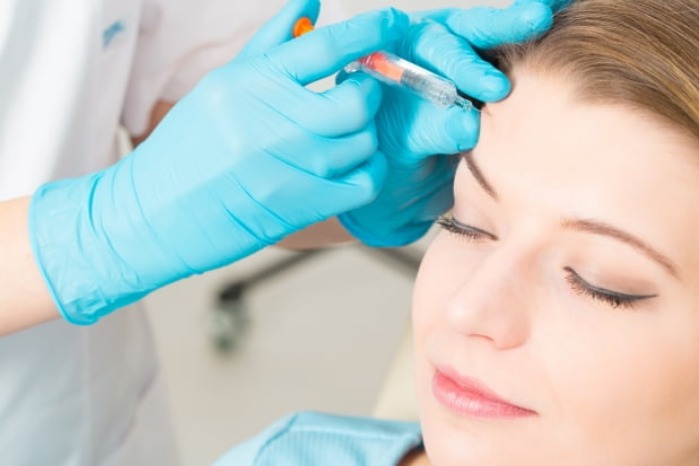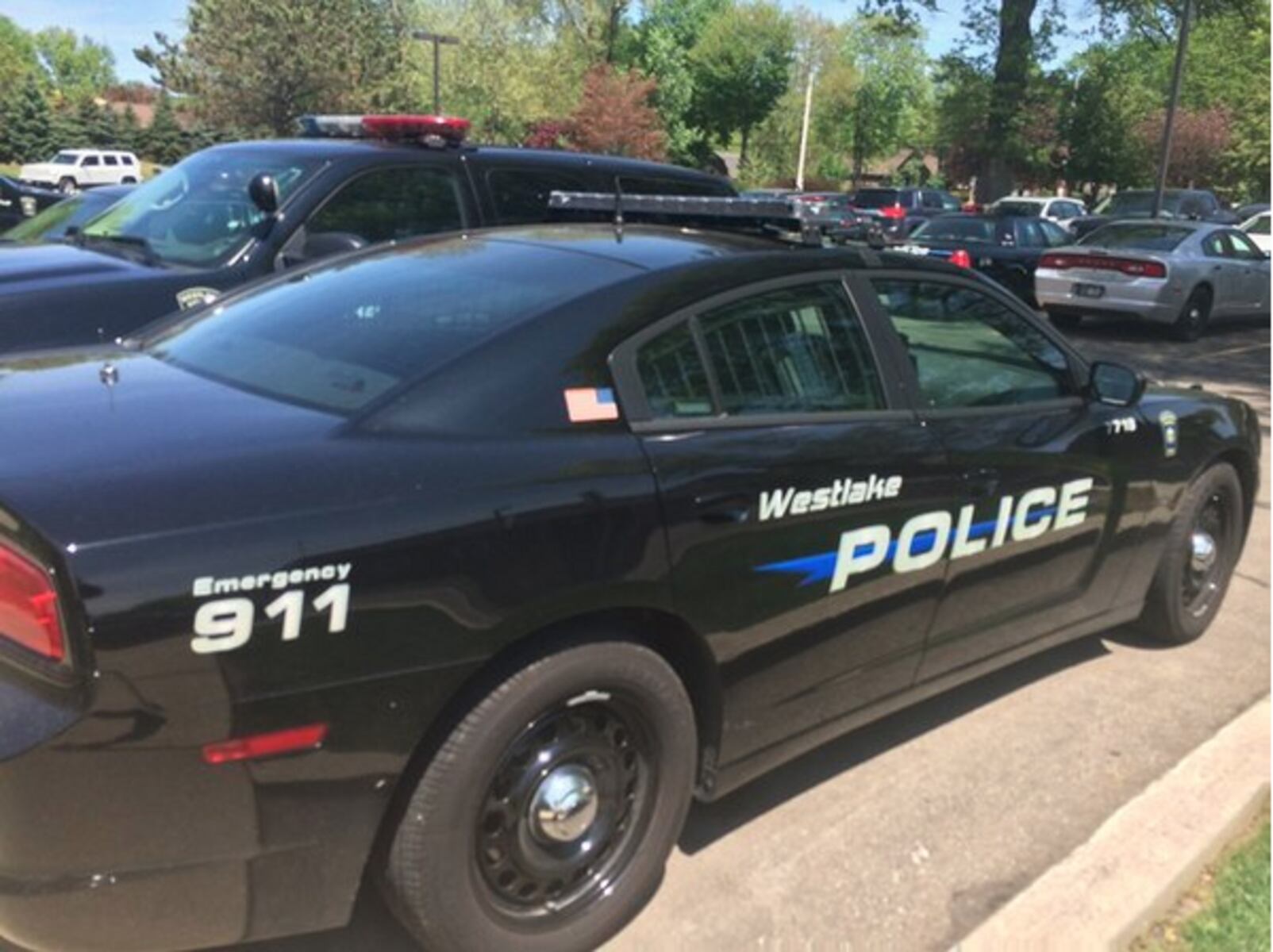UPDATE: South Korea’s botulinum toxin exports have surged to an astonishing $41.66 million in October 2023, marking a record high for the second consecutive month. As “K-botox” products dominate global cosmetic markets, this significant growth far surpasses the 25.4% rise in the country’s semiconductor exports during the same period, reflecting a monumental shift in consumer preferences.
According to the alternative data provider KED Aicel, the demand for Korean-made botulinum toxin is skyrocketing, particularly in emerging economies where consumers are drawn to the products’ affordability and natural-looking results. This surge in popularity is transforming Korea into a global leader in the cosmetic injectables market.
China stands out as the largest overseas market, accounting for a staggering $23.5 million in third-quarter exports, while the United States follows closely with $18.8 million. Other notable markets include Brazil with $17.3 million and Vietnam at $10.8 million. Leading producers, Hugel Inc. and Daewoong Pharmaceutical Co., are driving this explosive growth, with Hugel’s overseas revenue climbing to 118.3 billion won (approximately $82.6 million) in the first half of 2025, a year-on-year increase of 20.9%.
“Compared with American or European products, Korean injectables are cost-effective and deliver more natural facial expressions,” stated a promotional line from a Singaporean aesthetic clinic, highlighting the global appeal of the so-called “K-toxin.”
In the July-September period, Korea’s botulinum toxin exports reached a groundbreaking $114.6 million, an increase of 24.2% year-on-year. This is the first time exports have exceeded $100 million for two consecutive quarters. Notably, imports to Vietnam have surged by 279.6% to $10.8 million, driven by a burgeoning middle class eager for cosmetic enhancements.
Shipment increases are also evident in Brazil, where exports nearly doubled to $17.3 million, spurred by Daewoong’s recent contract with a local distributor for its Nabota-branded product. In Thailand, Hugel’s Letybo brand commands over half the market, with exports surging by 68.1% to $6.6 million.
As Korean companies intensify their efforts in the United States and China, the stakes are high. The U.S. botulinum toxin market, valued at approximately $4.74 billion in 2023, presents a lucrative opportunity. Hugel, which entered the U.S. market following FDA approval last year, recently appointed Carrie Strom, former global president of Allergan, as its new global CEO.
In China, the aesthetic market is expanding rapidly, with injectable ingredient sales growing 30% annually since 2021, reaching 34.6 billion yuan (around $4.9 billion) last year. Hugel has successfully penetrated this regulated market, with exports climbing 24.3% year-on-year to $23.5 million in the third quarter.
However, analysts warn that as Korean botulinum toxin makers enter a more competitive phase of globalization, the path to sustained global leadership will be challenging. While demand is strong, profitability is diverging due to intensified price competition, particularly in key markets across Southeast Asia and Latin America.
According to Kiwoom Securities Co., Hugel’s operating profit for the third quarter is projected at 55.3 billion won, reflecting a modest increase of 3.6% from the previous year. In contrast, Daewoong Pharmaceutical’s Nabota products are expected to see a healthier profit margin, with a projected increase of nearly 30% to around 45 billion won.
The race is on for Korean botulinum toxin manufacturers as they navigate this rapidly changing landscape. As the global beauty market continues to expand, the future of “K-botox” remains bright, but companies must adapt to remain competitive.







